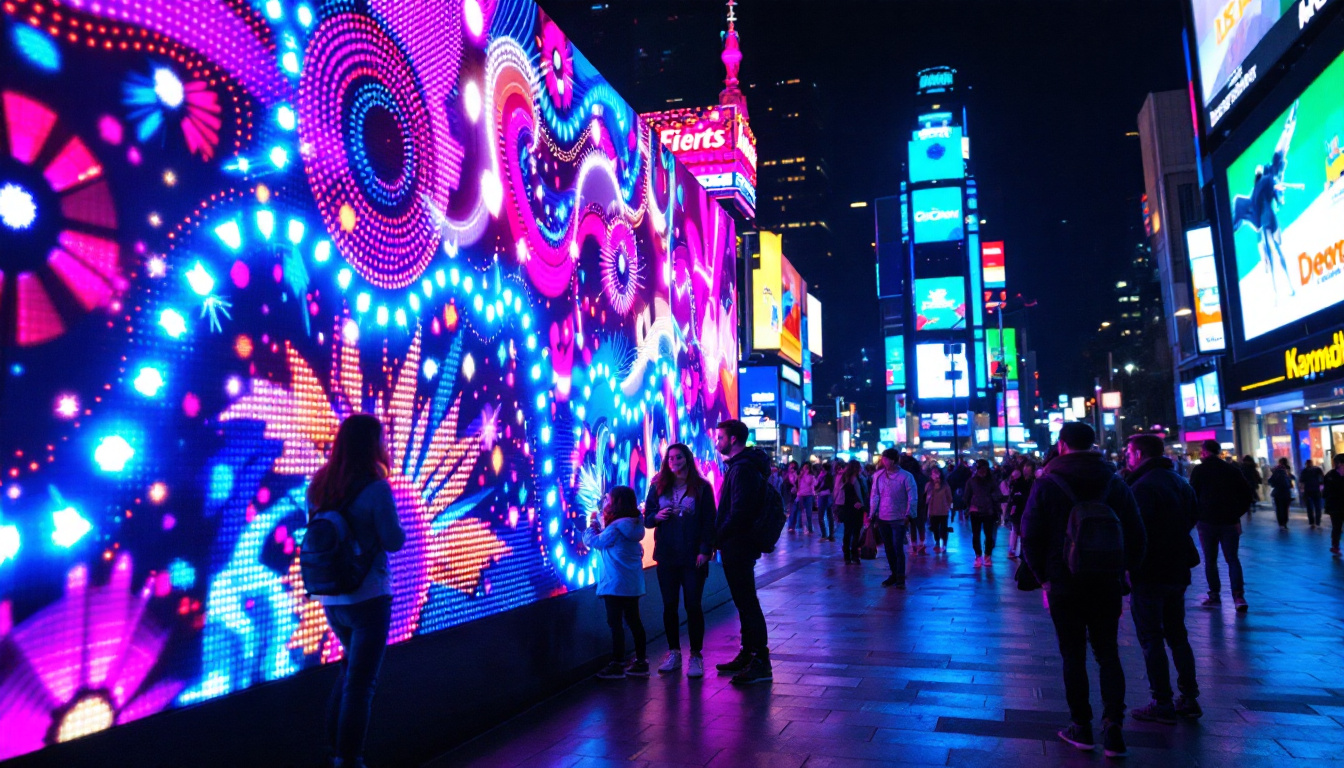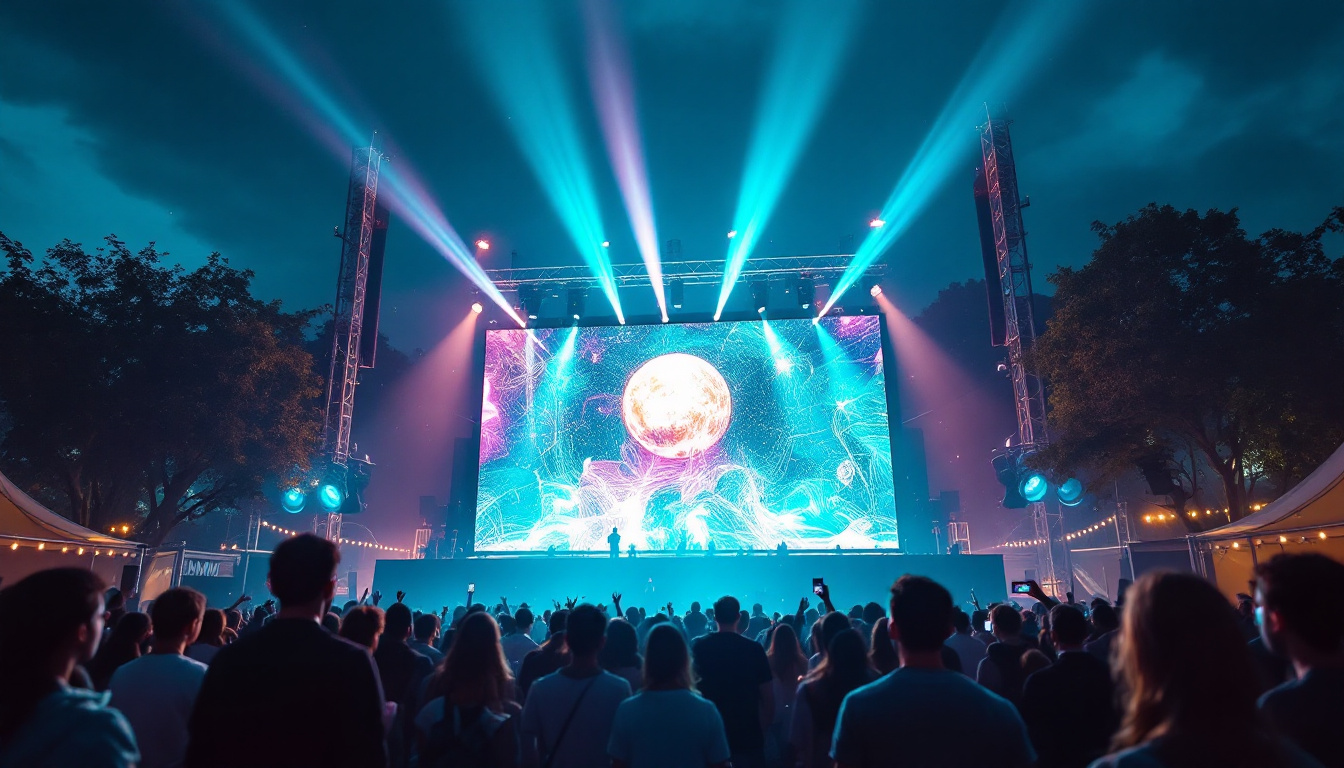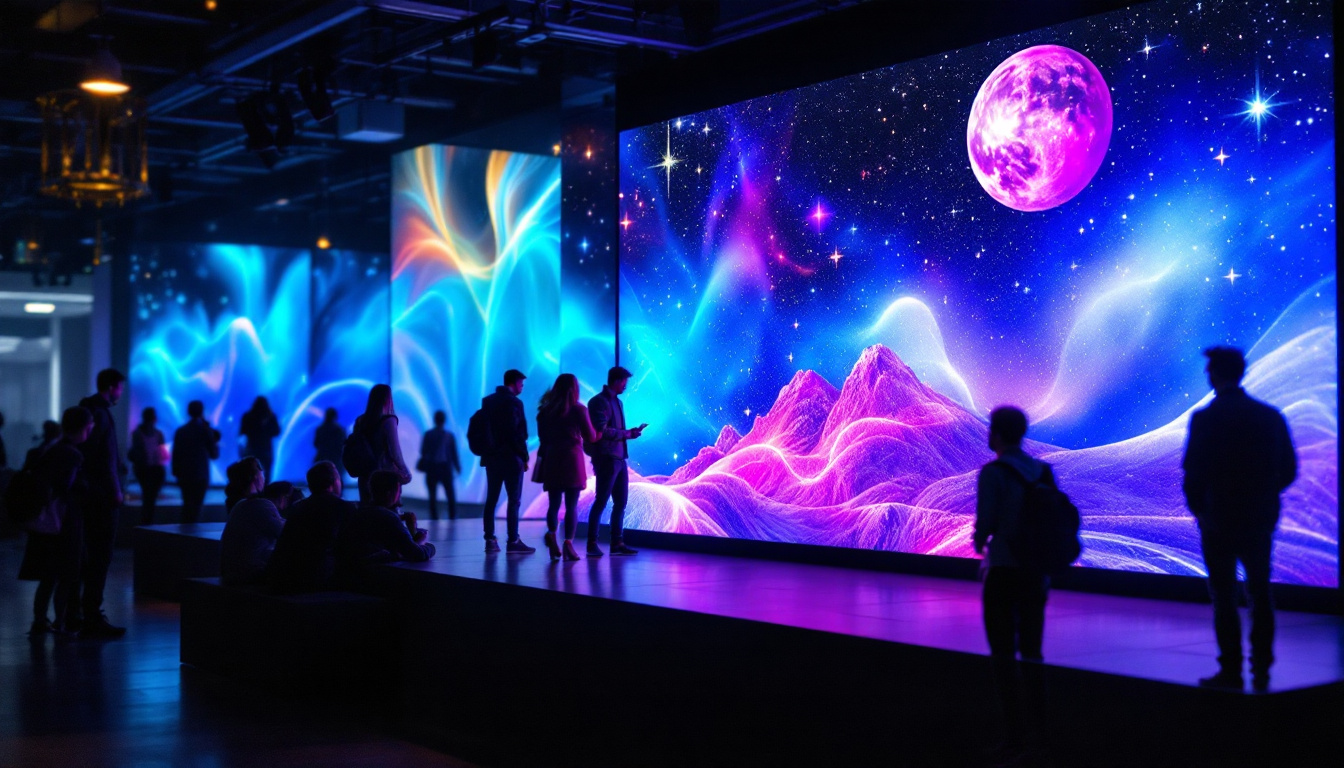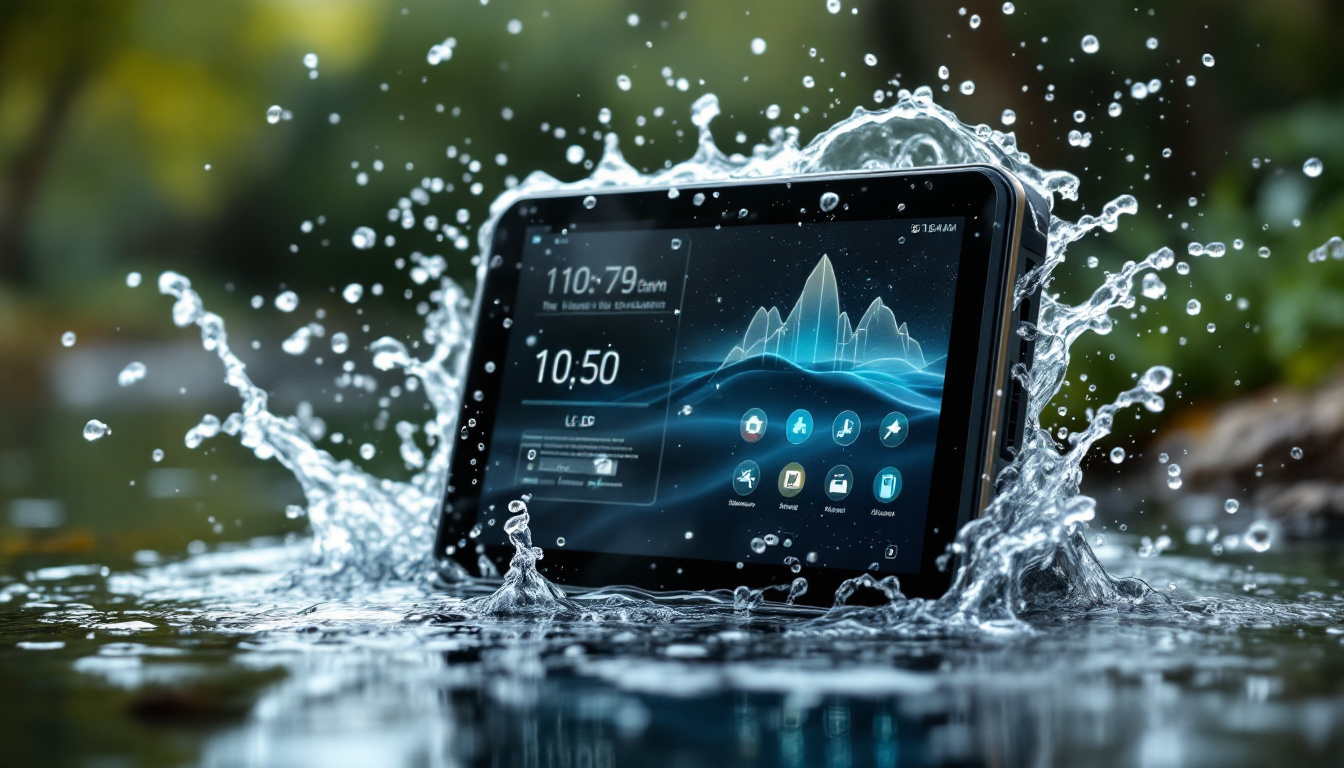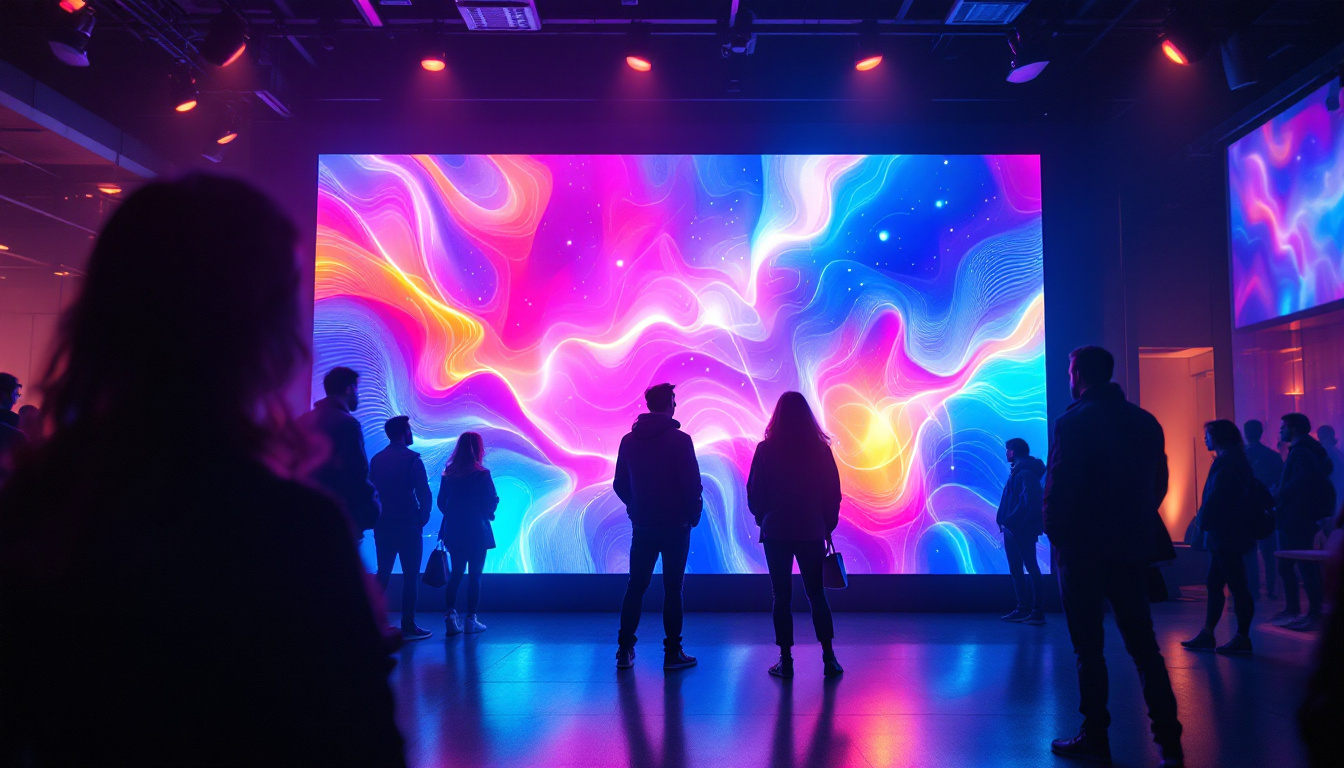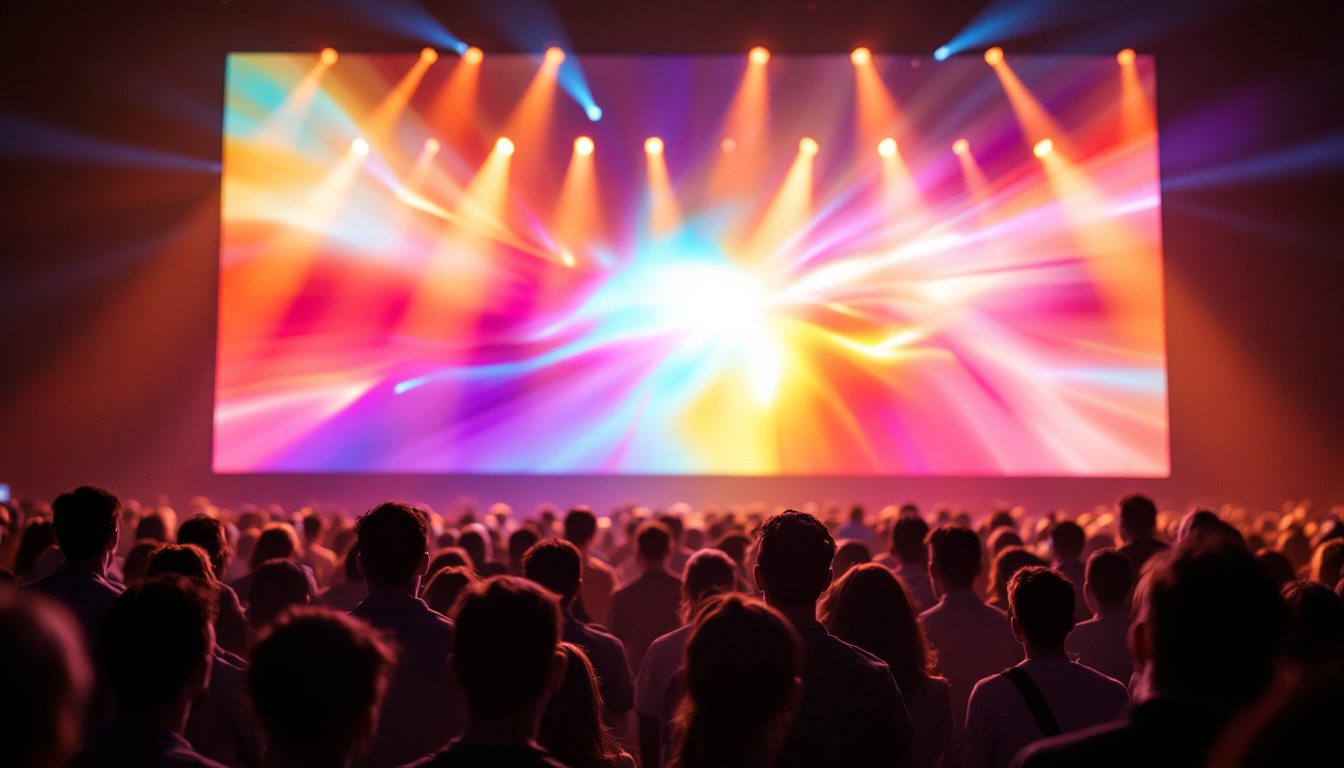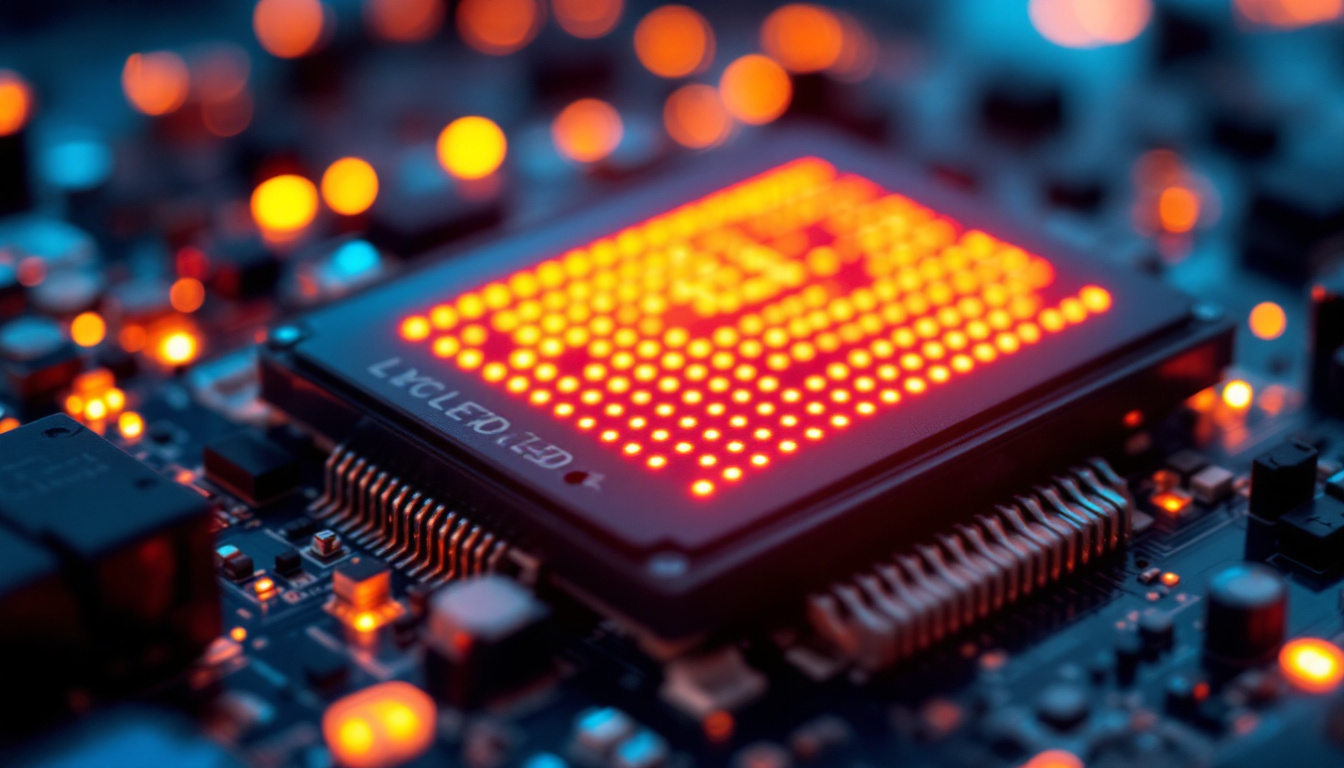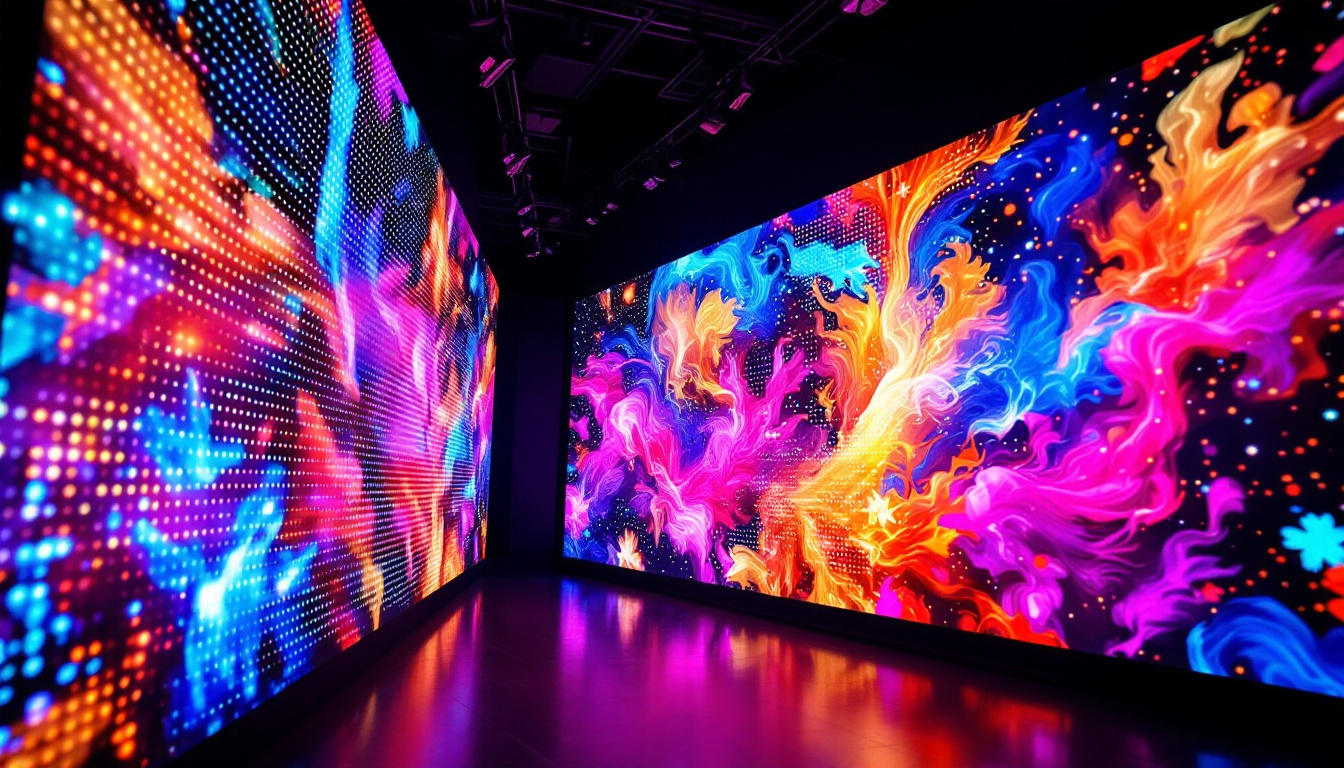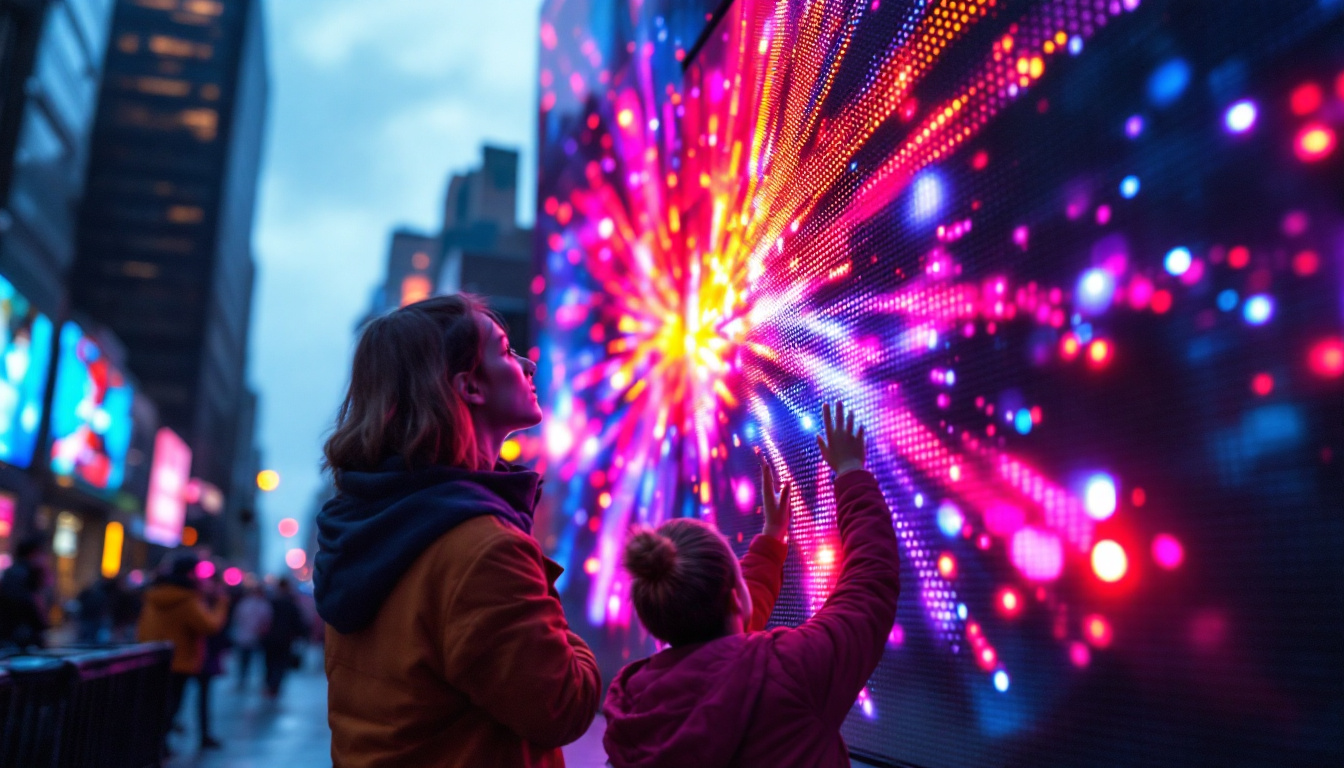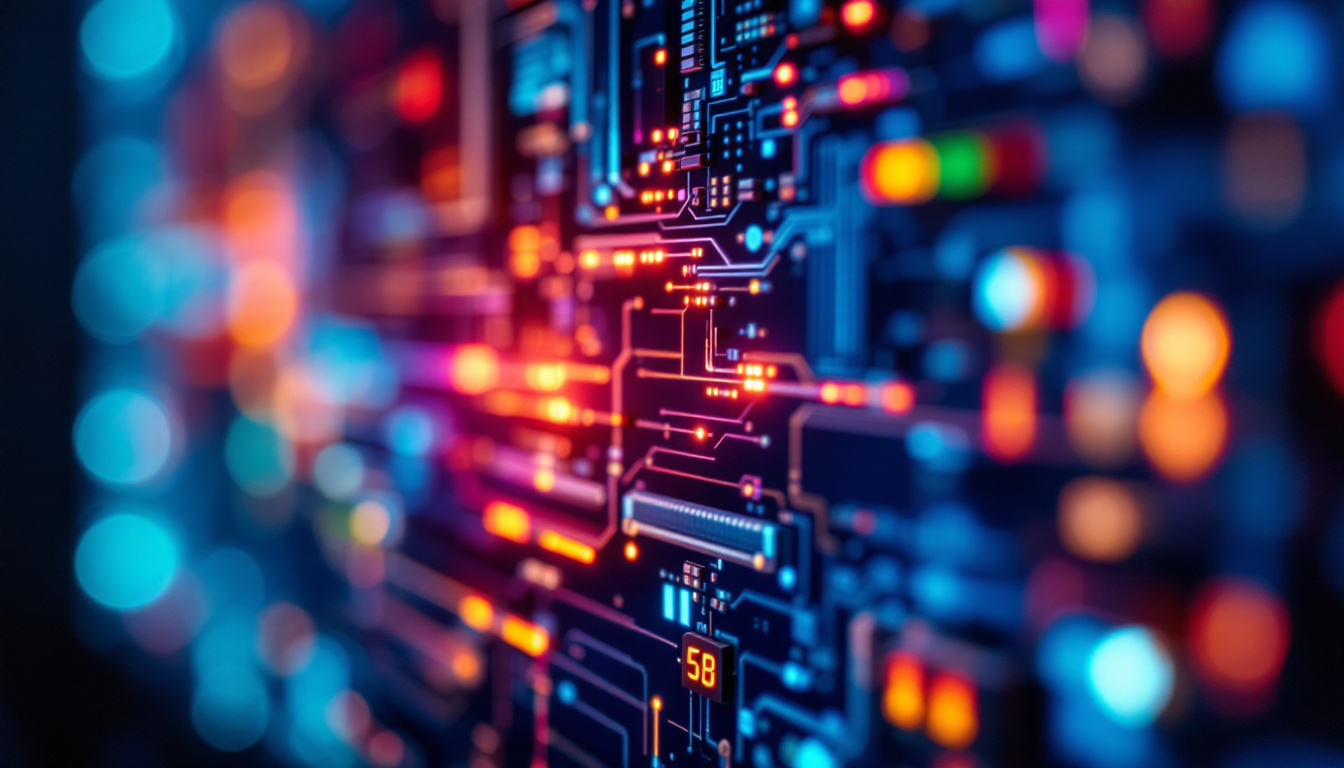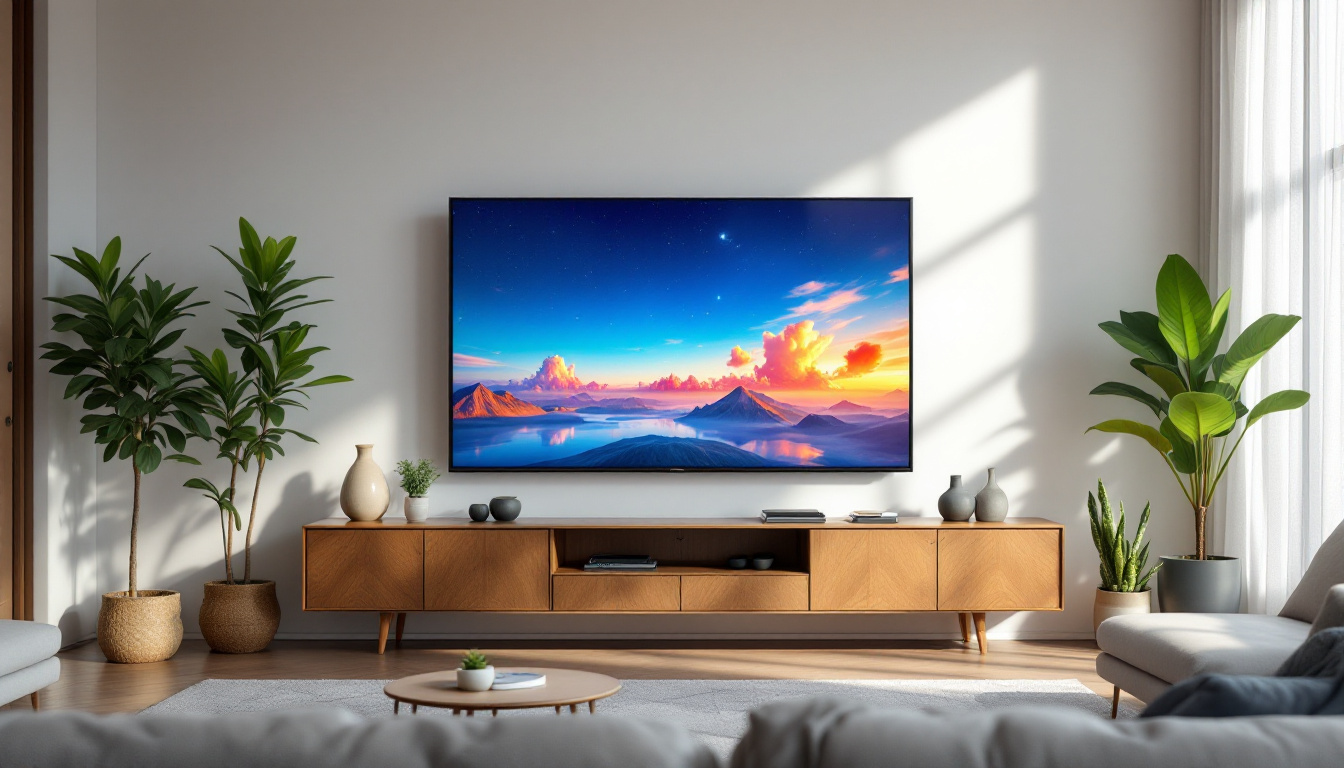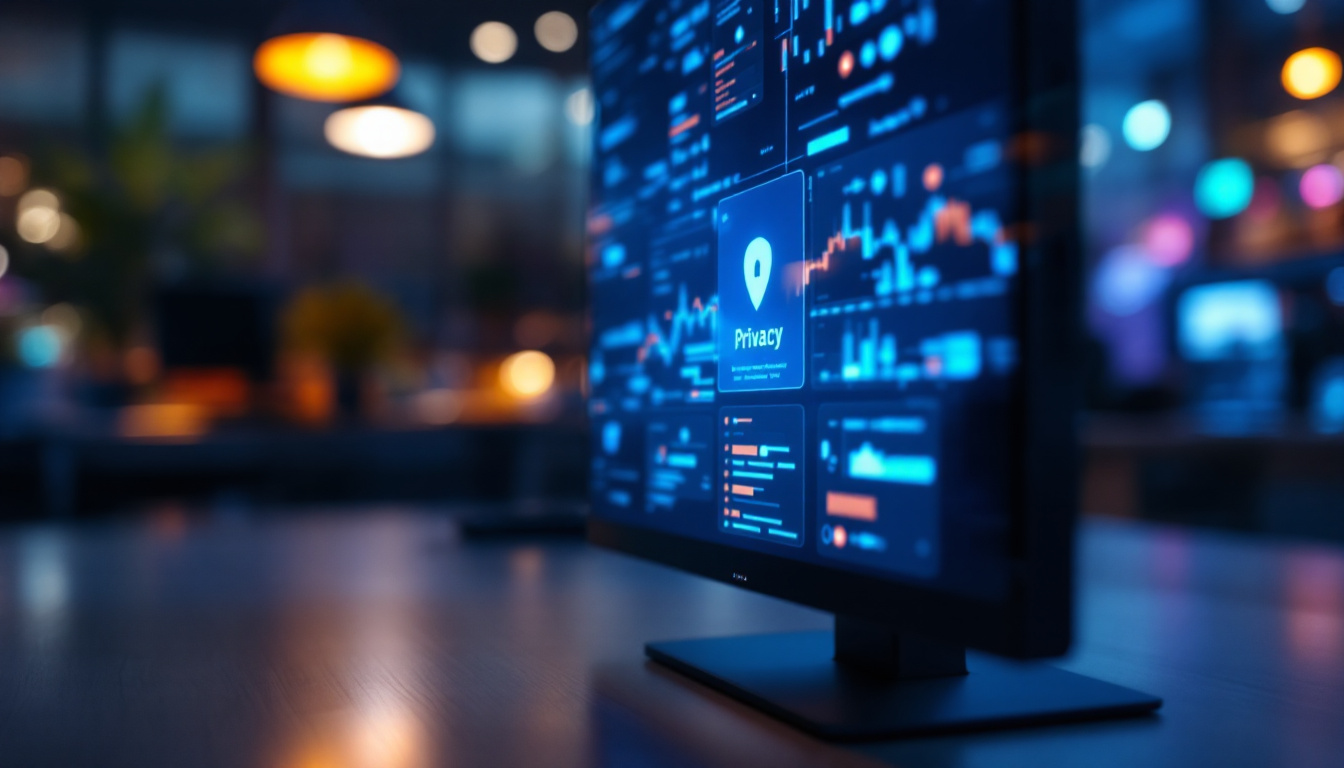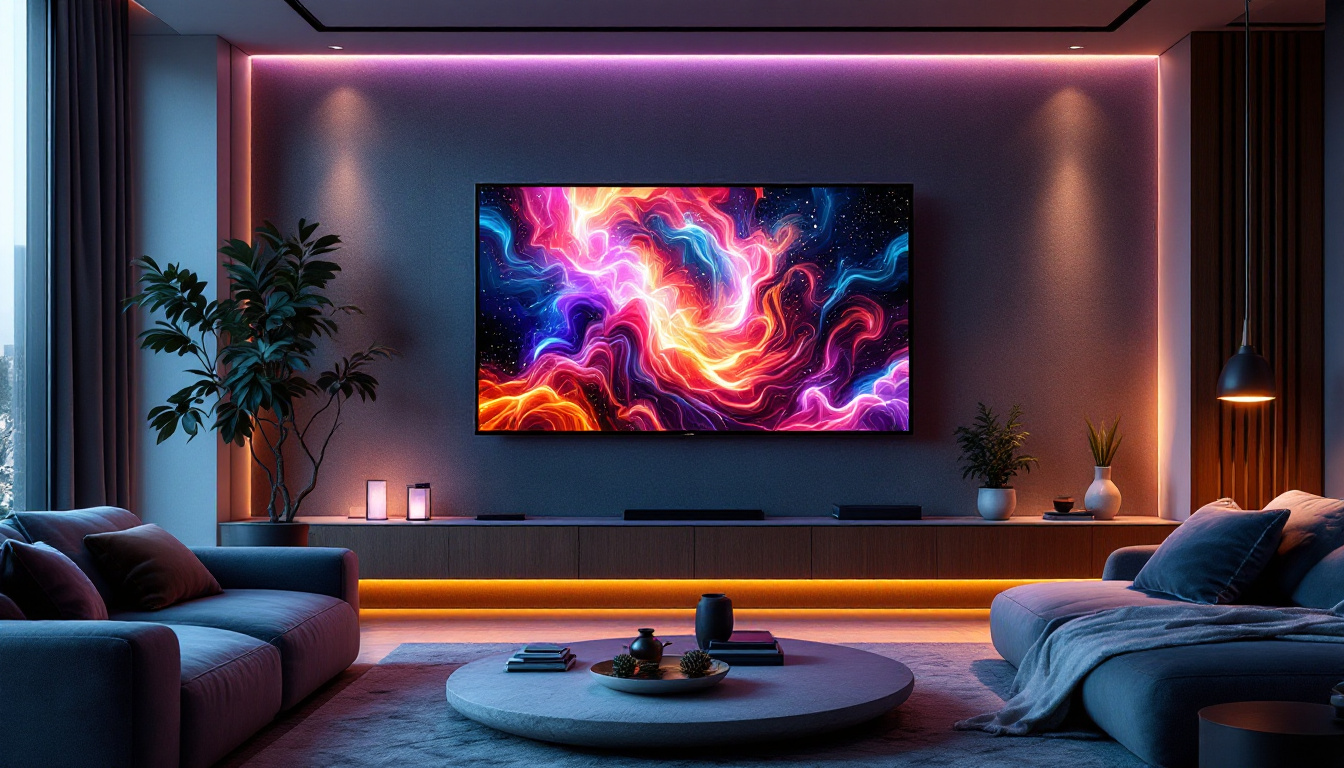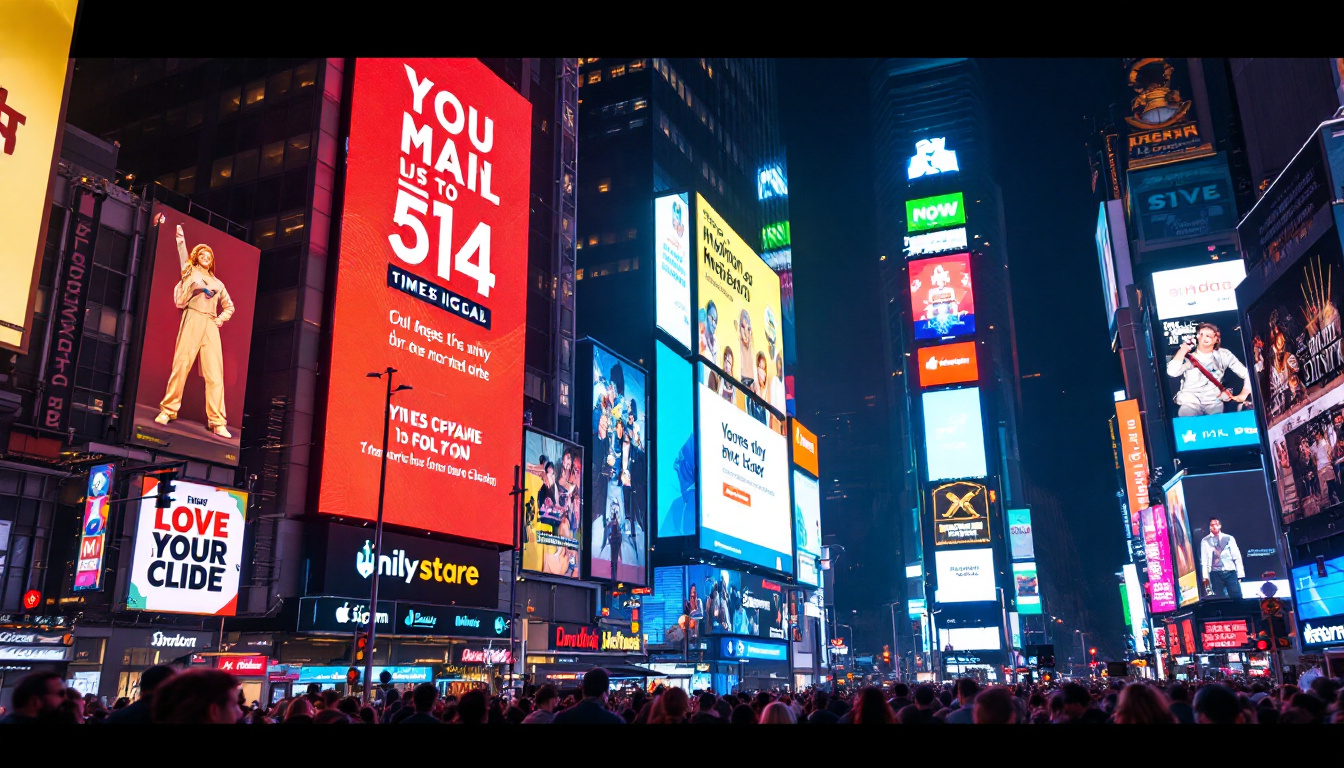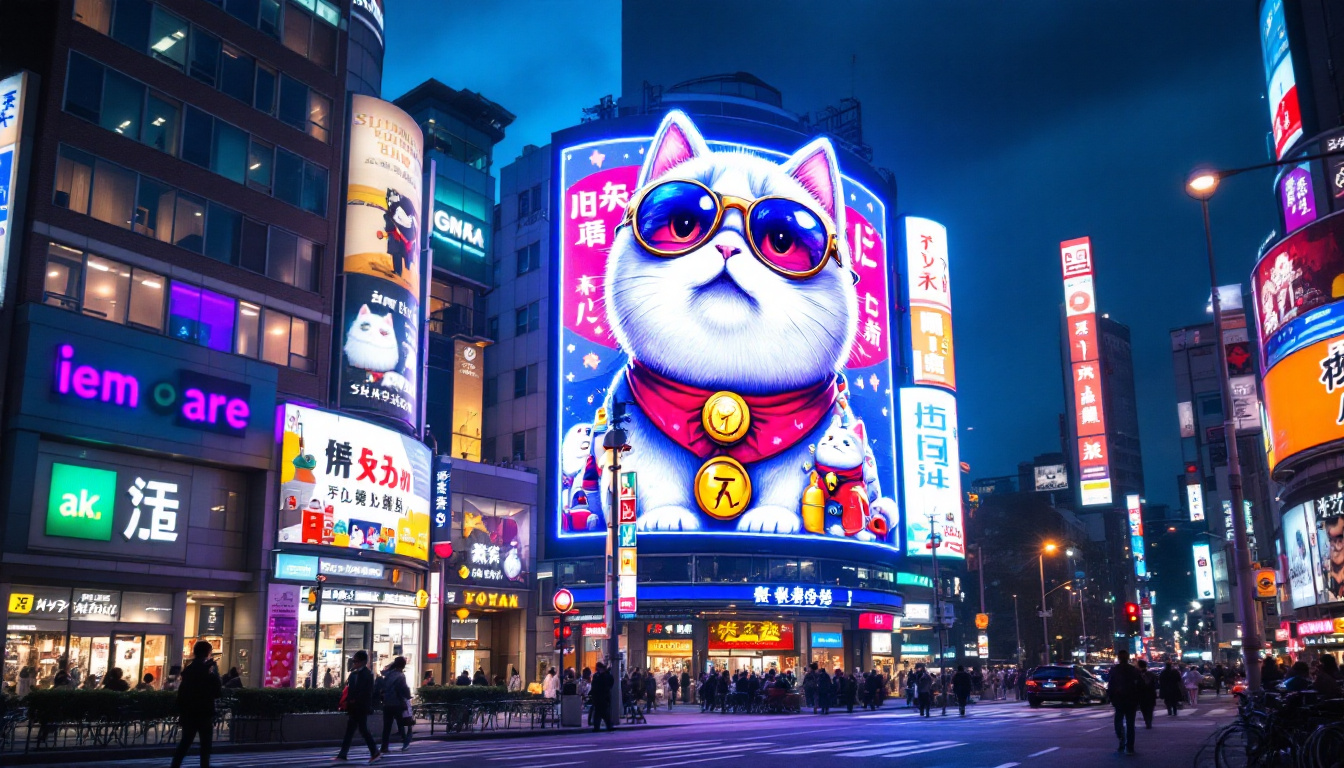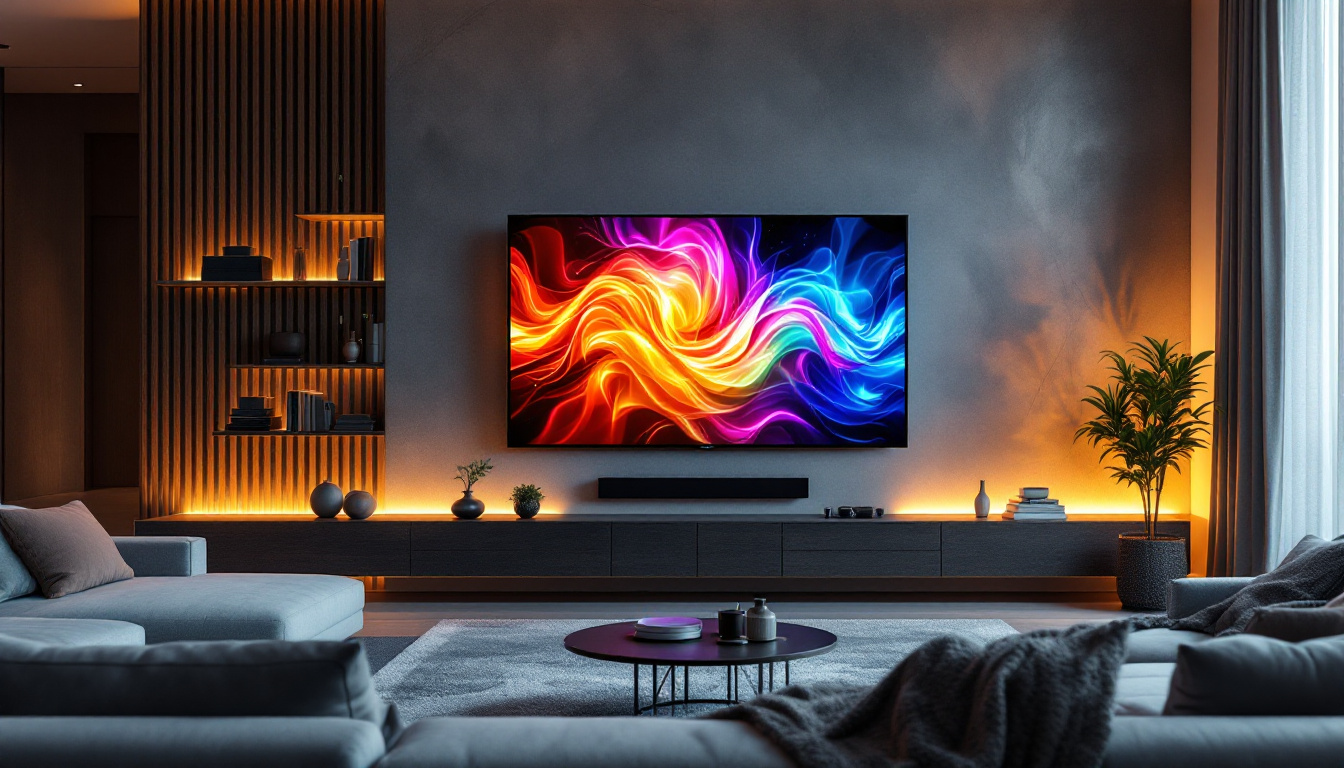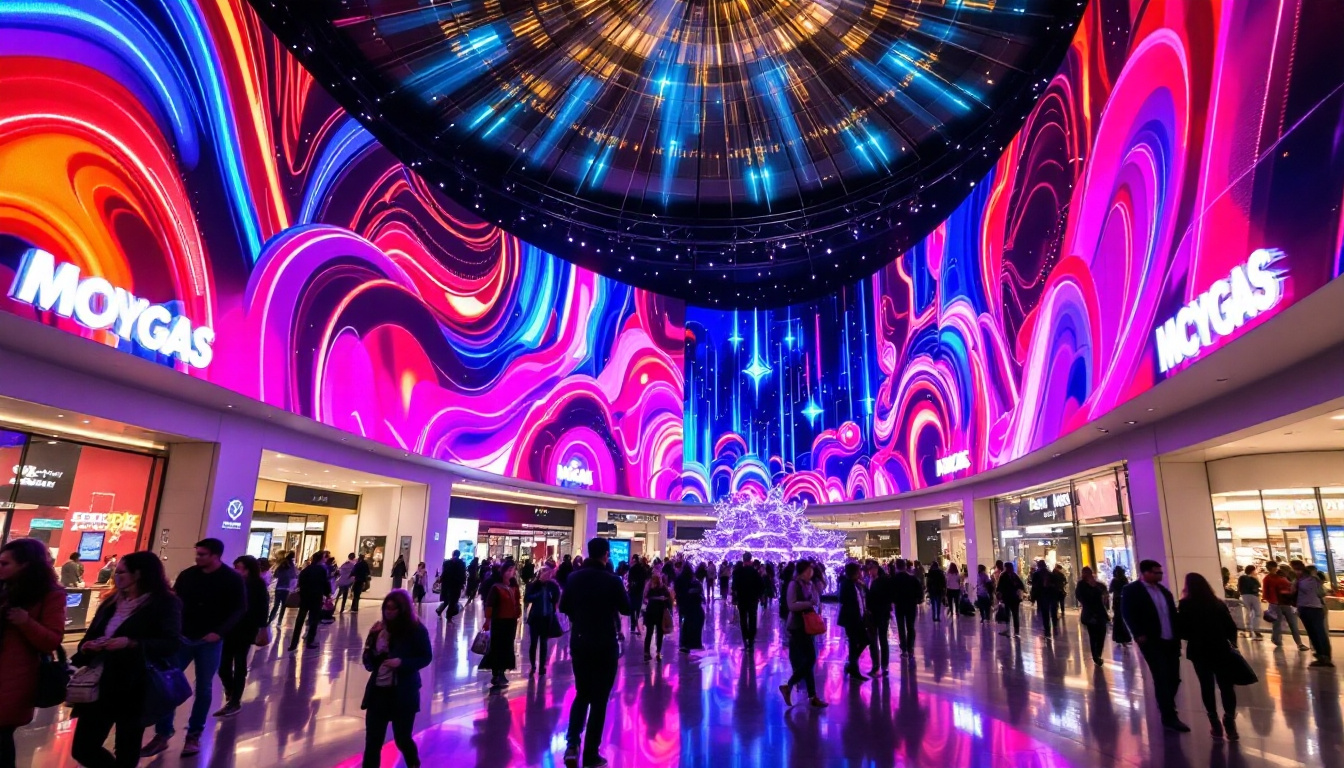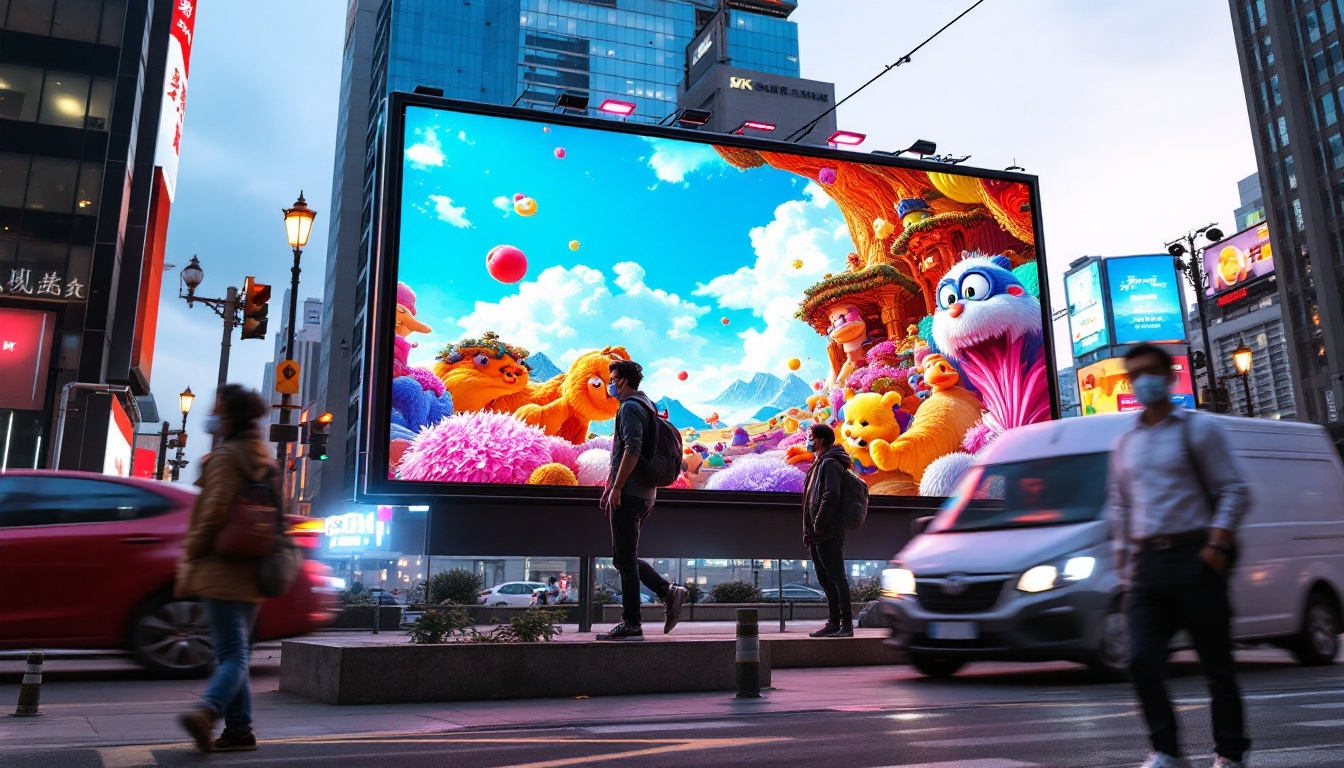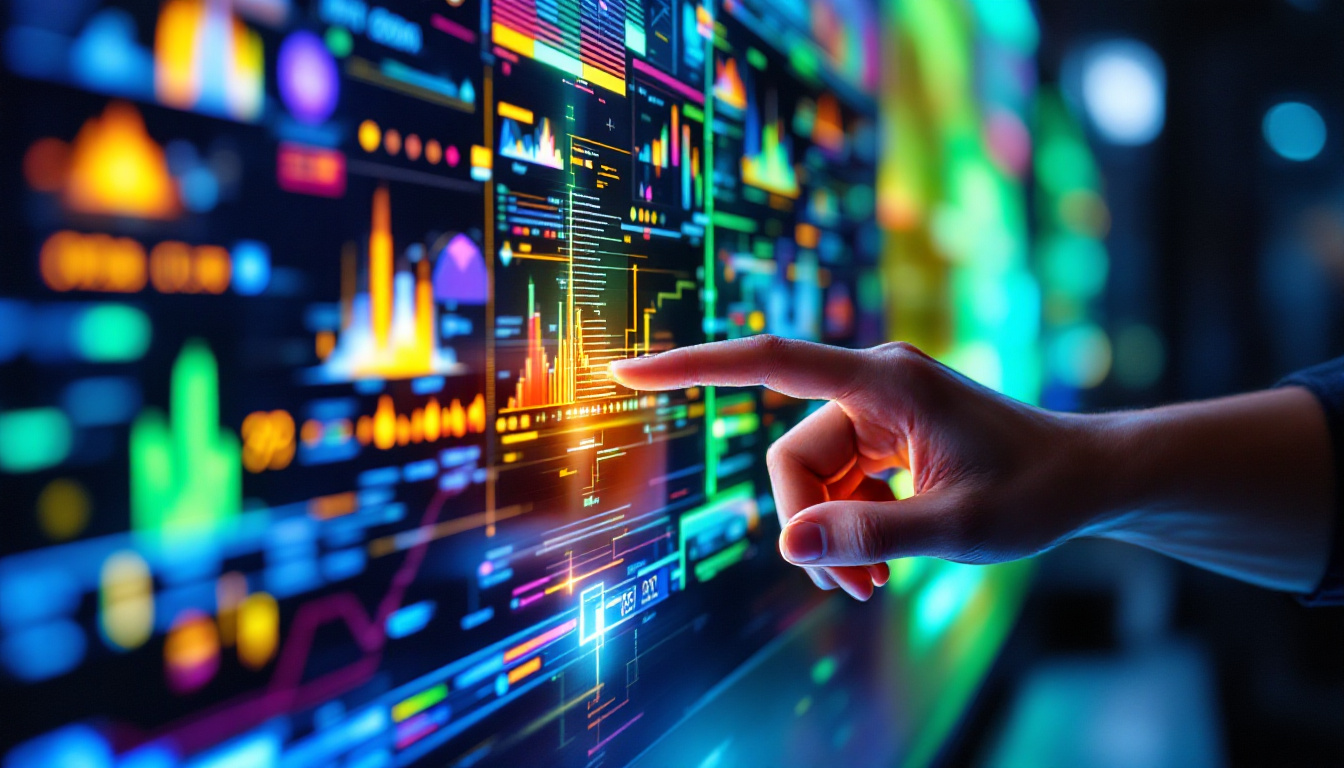In the rapidly evolving world of technology, LED displays have emerged as a cornerstone for visual communication. These displays are not just a trend; they represent a significant leap in how information is presented and perceived. This article delves into the intricacies of LED displays, exploring their functionality, applications, and advantages, while also addressing common misconceptions.
Understanding LED Technology
Light Emitting Diodes (LEDs) are semiconductor devices that emit light when an electric current passes through them. Unlike traditional incandescent bulbs, LEDs are highly efficient, consuming less power and providing brighter illumination. This efficiency, coupled with their longevity, makes LEDs the preferred choice for various applications, especially in display technology. Moreover, the environmental impact of LEDs is significantly lower than that of conventional lighting options, as they contain no harmful substances like mercury and have a much longer lifespan, reducing waste and the frequency of replacements.
How LED Displays Work
LED displays consist of an array of tiny LEDs that work together to create images and videos. Each pixel in an LED display is made up of red, green, and blue (RGB) diodes. By adjusting the intensity of each color, a wide spectrum of colors can be produced, allowing for vibrant and dynamic visuals. This color mixing is crucial for achieving high-quality images, as it enables displays to render everything from subtle gradients to bold, saturated colors with remarkable accuracy.
The arrangement of these pixels can vary, from simple monochrome displays to full-color screens. The technology behind LED displays includes various types such as Direct View LED (DVLED) and Organic Light Emitting Diodes (OLED), each with unique characteristics and applications. For instance, while OLED displays are known for their deep blacks and high contrast ratios due to their ability to turn off individual pixels, DVLED displays are often favored for their superior brightness and durability in large-scale installations.
Types of LED Displays
LED displays can be categorized into several types based on their design and application. The most common types include:
- Indoor LED Displays: These are typically used in environments like shopping malls, conference rooms, and theaters. They offer high resolution and brightness, making them ideal for close viewing. Indoor displays often feature advanced technologies such as high refresh rates, which are essential for smooth video playback and reducing motion blur during fast-moving scenes.
- Outdoor LED Displays: Designed to withstand harsh weather conditions, outdoor displays are larger and brighter. They are commonly used for billboards and public announcements. These displays are engineered to be visible in direct sunlight, utilizing advanced brightness control systems to adjust luminance based on ambient light conditions, ensuring optimal visibility at all times.
- Transparent LED Displays: These innovative displays allow light to pass through, making them suitable for applications like storefronts and exhibitions, where visibility from both sides is essential. Transparent LED technology not only enhances aesthetic appeal but also provides a unique way to engage customers, allowing for a blend of digital content and physical products.
Applications of LED Displays
The versatility of LED displays has led to their adoption across various industries. From advertising to entertainment, the applications are vast and varied.
Advertising and Marketing
One of the most prominent uses of LED displays is in advertising. Digital billboards and signage have transformed how brands communicate with consumers. The ability to change content in real-time allows for dynamic marketing strategies that can respond to trends and events instantly.
Moreover, the high brightness and color accuracy of LED displays ensure that advertisements stand out, even in direct sunlight. This capability has made them a favorite among businesses looking to capture the attention of passersby. In addition to traditional outdoor advertising, LED displays are increasingly used in retail environments, where they can showcase promotions, product demonstrations, and even interactive experiences that engage customers on a deeper level. This shift towards digital signage in stores not only enhances the shopping experience but also provides retailers with valuable data on customer engagement and preferences.
Entertainment and Events
In the realm of entertainment, LED displays are integral to concerts, sporting events, and festivals. Large-scale LED screens enhance the viewer experience by providing clear visuals from a distance. They can display live feeds, graphics, and animations, creating an immersive environment for audiences.
Additionally, LED technology has found its way into stage design, where flexible LED panels are used to create stunning backdrops and set pieces, enhancing the overall aesthetic of performances. The adaptability of these displays allows for innovative designs that can change throughout a show, keeping the audience captivated. Furthermore, the integration of LED screens in theme parks has revolutionized attractions, where they are used to create dynamic environments and storytelling experiences that transport visitors into different worlds.
Information Display
LED displays are also widely used for information dissemination. Airports, train stations, and public transport systems utilize LED screens to provide real-time updates on schedules and delays. The clarity and visibility of these displays ensure that crucial information is communicated effectively.
In educational institutions, LED displays are employed in classrooms and auditoriums to facilitate learning. They can showcase presentations, videos, and interactive content, making lessons more engaging for students. Beyond the classroom, LED displays are being used in museums and galleries to enhance exhibits, providing visitors with interactive information and multimedia content that enriches their understanding of the subject matter. This trend towards integrating technology into educational and cultural spaces reflects a growing recognition of the importance of visual communication in enhancing learning and engagement.
Advantages of LED Displays
LED displays offer numerous advantages that make them superior to traditional display technologies. Understanding these benefits can help businesses and organizations make informed decisions about their visual communication strategies.
Energy Efficiency
One of the most significant benefits of LED displays is their energy efficiency. Compared to traditional lighting technologies, LEDs consume significantly less power, resulting in lower electricity bills and a reduced carbon footprint. This efficiency is particularly advantageous for large-scale installations, where energy costs can be substantial.
Furthermore, the longevity of LED displays means they require less frequent replacements, contributing to overall cost savings for businesses.
High Brightness and Visibility
LED displays are known for their high brightness levels, making them visible even in bright daylight. This characteristic is crucial for outdoor applications, where visibility can be a challenge. The ability to maintain clarity and color accuracy in various lighting conditions ensures that messages are effectively communicated to the intended audience.
Additionally, LED displays have wide viewing angles, allowing viewers to see the content clearly from different positions. This feature enhances the overall effectiveness of advertising and information dissemination.
Durability and Reliability
LED displays are built to last. They are resistant to shock, vibration, and extreme weather conditions, making them suitable for both indoor and outdoor applications. This durability translates to lower maintenance costs and a longer lifespan compared to traditional displays.
Moreover, advancements in technology have led to the development of robust LED displays that can withstand harsh environments, such as those found in industrial settings or outdoor venues.
Challenges and Considerations
While LED displays offer numerous benefits, there are also challenges and considerations to keep in mind when implementing this technology.
Initial Investment Costs
The initial cost of purchasing and installing LED displays can be higher than traditional display options. However, it is essential to consider the long-term savings associated with energy efficiency and reduced maintenance costs. Businesses should evaluate their budgets and projected return on investment (ROI) when considering LED technology.
Content Management
Managing content for LED displays can be complex, especially for organizations that require frequent updates. Effective content management systems (CMS) are crucial for ensuring that the right messages are displayed at the right times. Organizations must invest in training and resources to maximize the potential of their LED displays.
Additionally, creating engaging and visually appealing content is essential to capture the audience’s attention. This may require collaboration with design professionals who understand the nuances of digital content creation.
Future Trends in LED Display Technology
The future of LED display technology is promising, with several trends emerging that are set to shape the industry in the coming years.
Advancements in Resolution
As technology continues to evolve, the resolution of LED displays is expected to improve significantly. high-definition (HD) and ultra-high-definition (UHD) displays are becoming more common, providing sharper images and more detailed visuals. This trend is particularly important for applications in broadcasting, advertising, and entertainment, where clarity is paramount.
Integration with Smart Technology
LED displays are increasingly being integrated with smart technology, allowing for enhanced interactivity and connectivity. Features such as touch screens, augmented reality (AR), and Internet of Things (IoT) capabilities are becoming more prevalent. This integration opens up new possibilities for user engagement and personalized experiences.
For instance, retailers can use smart LED displays to provide tailored advertisements based on customer demographics or behaviors, creating a more personalized shopping experience.
Sustainability Initiatives
As environmental concerns grow, the LED display industry is also focusing on sustainability. Manufacturers are exploring eco-friendly materials and production processes to reduce the environmental impact of LED displays. Additionally, recycling programs for old displays are being implemented to promote responsible disposal.
Organizations are increasingly prioritizing sustainability in their purchasing decisions, making it essential for LED display manufacturers to adapt to these changing consumer preferences.
Conclusion
LED displays represent a significant advancement in visual communication technology, offering numerous advantages over traditional display methods. Their energy efficiency, high brightness, and durability make them ideal for a wide range of applications, from advertising to information dissemination.
As technology continues to evolve, the future of LED displays looks bright, with advancements in resolution, integration with smart technology, and a focus on sustainability. By understanding the intricacies of LED displays and their potential, businesses and organizations can harness their power to enhance communication and engage audiences effectively.
In an age where attention spans are short and competition is fierce, investing in high-quality LED displays can be a game-changer for any organization looking to stand out and make an impact.
Discover LumenMatrix LED Display Solutions
Ready to elevate your visual communication strategy with the latest in LED display technology? LumenMatrix is at the forefront of innovation, offering a diverse range of LED display solutions tailored to your needs. From captivating Indoor LED Walls to dynamic Outdoor LED Displays, and specialized options like Vehicle LED Displays and LED Sports Displays, we have the tools to make your brand shine. Experience the transformative power of our LED Poster Displays, Floor LED Displays, and Custom LED solutions designed to engage and captivate your audience. Join the revolution in digital signage and discover how LumenMatrix can help you share your message with unparalleled impact and clarity. Check out LumenMatrix LED Display Solutions today and take the first step towards a brighter future.

